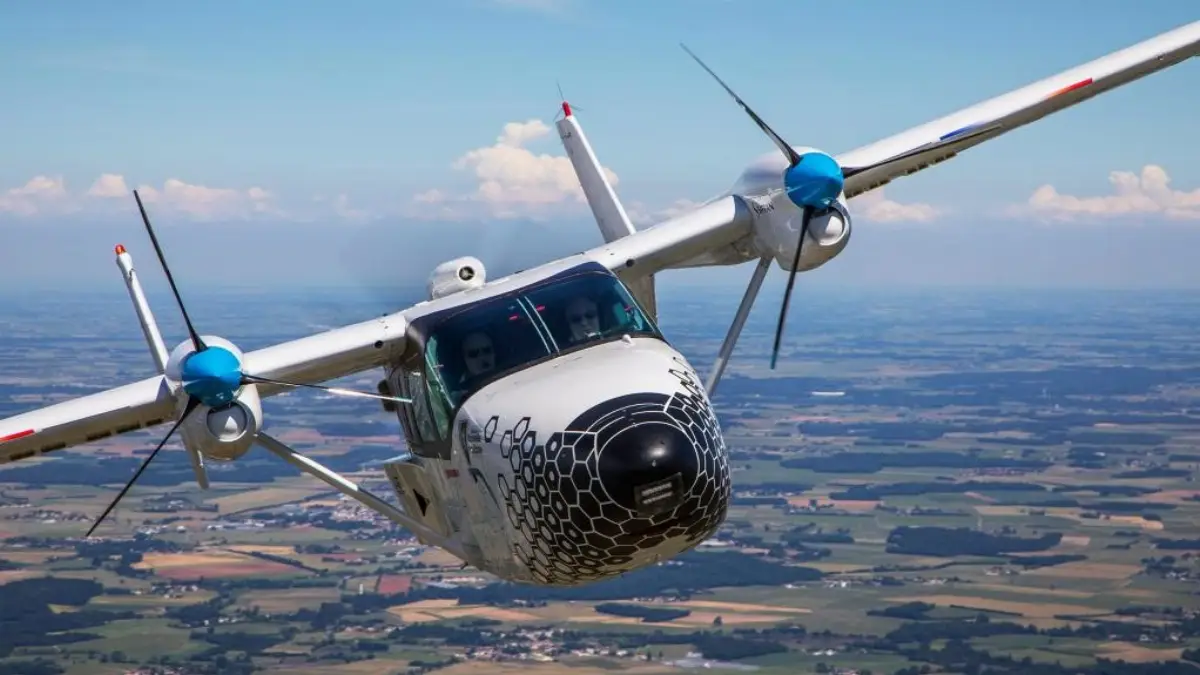
Aircraft and electric engines. ENGINeUS (2): certification, an important milestone for EASA
First test bed for SC E-19, an innovative regulation for an evolving sector

Safran has today received the first type certificate for an engine compliant with Special Condition (SC) E-19, the first in the world for electric and/or hybrid propulsion systems. The certification by ENGINeUS (see AVIONEWS), "writes the first lines of a new page in the history of aviation engines, and simultaneously marks the successful conclusion of an eight-year journey", reads a note released in these hours by the European Aviation Safety Agency (EASA).
The ENGINeUS 100 is therefore the first model in the ENGINeUS range to obtain certification. The certified variant, called B1, is designed for two-seater aircraft, with the prospect of expanding the series to more powerful engines, from 89 kW to 180 kW, for aircraft up to 19 seats. The document is not only a milestone for Safran, EASA writes, but also an opening towards new possibilities for regional and urban aviation. As underlined by Rachel Daeschler, Director of the EASA Certification Office: “This project has been a fascinating test bed for our SC E-19, the first regulation in the world dedicated to electric and hybrid propulsion. We are committed to supporting the development of technologies that promote the decarbonisation of aviation”.
Special Condition SC E-19: an innovative regulation for an evolving sector
In 2017, EASA started working on a regulatory framework for innovative propulsion systems, considering the evolution towards Urban Air Mobility (UAM) and Regional Air Mobility (RAM). Previous specifications, developed for conventional thermal engines, were no longer adequate to certify electric and hybrid engines. Special Condition SC E-19, published in April 2021, was designed to ensure the same level of safety as conventional engines, while enabling the innovation needed for sustainability.
The Challenges of Certification: New Solutions for New Risks
The design of the ENGINeUS 100 required the development of completely new solutions to demonstrate the safety of the engine. Among the most relevant:
- Power electronics integrated into the engine.
- Air cooling system, eliminating the need for complex coolants.
- Mitigation of fire risk related to high voltage and electric arcs, a different problem than that of heat engines.
Régis Rossotto, EASA project manager, explained: “We have redefined the concept of fire risk. While in combustion engines the risk comes from the ignition of flammable fluids, in electric motors the danger is linked to high voltages. We have developed worst-case scenarios and mitigation measures to ensure safe landings even in the event of a malfunction". This close collaboration involved not only Safran’s engine test teams, but also Diamond Aircraft Industries, the first customer to use the ENGINeUS 100 on its aircraft.
Despite the complexities of the project, Safran and EASA completed the certification in less than two years, comparable to that required for a turboshaft engine for helicopters. In parallel, the engine has accumulated more than 100 flight hours on airplane prototypes, demonstrating its reliability in real conditions. The ENGINeUS range represents a concrete response to the decarbonisation needs of the sector, offering solutions adaptable both for small electric aircraft and for hybrid applications on regional aircraft. This milestone follows the successful certification of the Pipistrel Velis Electro in 2020, the first fully electric aircraft approved by EASA, and opens up new perspectives for sustainable air mobility on a large scale.
AVIONEWS - World Aeronautical Press Agency